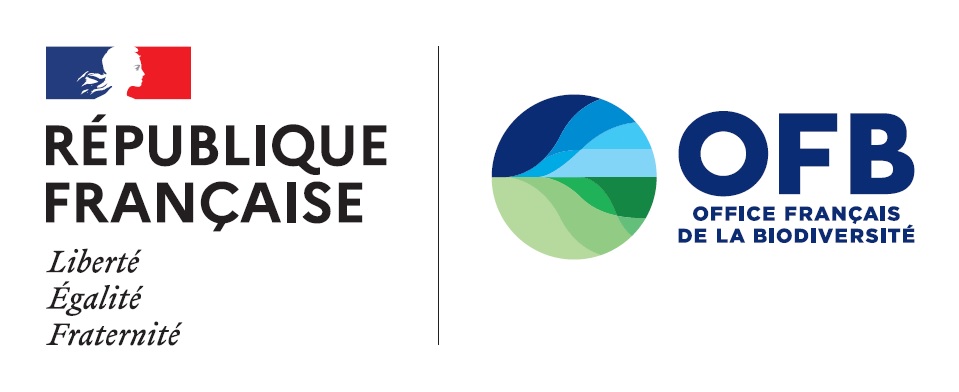All the English documents
These English part of the Agency Technical Portal only propose you translated and edited versions of collections publications or other documents. Here is the search in all these documents.
More resources are available on the French website.
Drinking-water abstractions and nonpoint-source pollution - n°10 | Meetings |
Protection of drinking-water abstractions from nonpoint-source agricultural pollution was already a major health issue 30 years ago and has today become an urgent regulatory problem. In parallel with the Water framework directive, which set goals for good water status by 2015, the Grenelle environmental agreement identified 500 priority abstractions for which action plans must be set up by 2012. The wide-ranging discussions produced a vast array of information on people’s experiences, technical solutions, opinions and questions. A review.
How should invasive species be managed in aquatic environments? - n°9 | Meetings |
Exotic crayfish, bullfrogs, Japanese knotweed, primrose willows… invasive species are one of the main pressures that ecosystems are subjected to. Objective of this seminar on the management of these species in aquatic environments? Provide 3 days for exchanging between the various stakeholders involved with these species, while also providing scientific and technical knowledge that can improve management practices.
Good status of aquatic environments based on the scientific concepts of ecological engineering - n°8 | Meetings |
The goal of this meeting was to shed new light on the issues involved in maintaining and restoring the quality of aquatic environments. The point was to take a new look at attaining good ecological status as defined by the European water framework directive (WFD) on the basis of ecological-engineering concepts, without undertaking a complete review of the methods used in this field.
River hydromorphology. A primer | Knowledge for action |
The authors introduce us to river hydromorphology, a scientific discipline that has come of age, and explain the geomorphological characteristics of rivers, from the riverbed itself to the floodplain, that create the major types of habitat on which aquatic and terrestrial species depend. In the process, it becomes clear that the good ecological operation of rivers and their corridors depends on maintaining and restoring the natural geodynamic processes and the resulting geomorphological characteristics.
Mesocosms: their value as tools for managing the quality of aquatic environments - n°7 | Meetings |
Mesocosms are artificial ecosystems used by researchers and industrial companies to study the long-term effects of chemical substances on the structure and operation of natural aquatic ecosystems. Could these experimental platforms be useful for managing the functioning of natural environments, notably for establishing environmental quality standards and developing monitoring tools? Are they sufficiently representative for use in setting regulations?
Why restore river continuity ? | Book, | Note / data sheet (including project management reports) |
In France, more than 60000 structures - dams, locks, weirs and mills - have been listed on rivers and are potential obstacles to river continuity. Important regulatory texts focus on biological continuity between major natural sites and within aquatic environments. In practical terms, these regulatory texts lead us to increase our collective efforts and actions in favour of restoring river continuity.
Towards the restoration of rivers and aquatic environments - A collection of river hydromorphology restoration examples | Recueils d'expériences |
The collection presents more than 60 examples of river hydromorphology restoration undertaken over the past 20 years throughout France. These actions aim to preserve river hydromorphology or to re-establish hydromorphological processes of rivers.
Climate change, impacts on aquatic environments and consequences for management - n°2 | Meetings |
Building, on a national scale, sustainable dialogue between scientists and water managers in order to address the recognised climate change, that was the objective of this seminar. This dossier provides an overview of the current knowledge that was presented, the points of view expressed, and the questions raised over.
Drug residues in aquatic environments. Needs and tools for monitoring and risk evaluation - n°1 | Meetings |
Monitoring drug residues in our aquatic environments and evaluating the risk for the environment and human health was at the core of this seminar. The objective? Set down the basics for a joint effort programme to increase knowledge and contribute in developing the national inter-ministerial plan on drug residues in water.
Monitoring waterbird populations in three major wetland complexes of Sub-Saharan Africa | Study report |
Millions of waterbirds migrate each year through Asia, Europe and Africa. These birds are generally widely dispersed during the breeding season, but during the dry season in the Sub-Saharan wetlands, many of them concentrate in huge flocks. The dry season, approximately October to March, is therefore a particularly good time to census waterbirds in West and Central Africa. A three-year programme (2006-2008) was initiated by the “Office national de la chasse et de la faune sauvage” (ONCFS), in order to simultaneously census birds in this extensive region.













